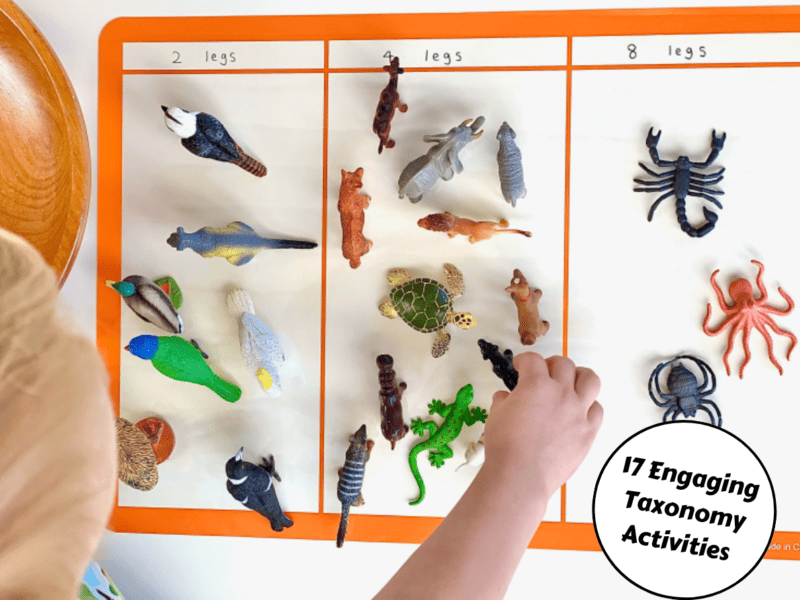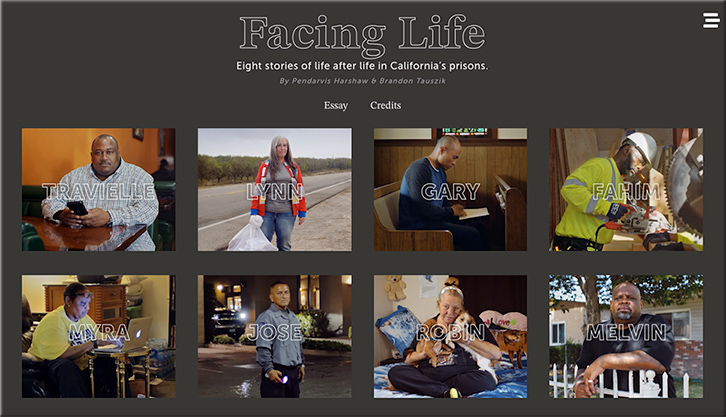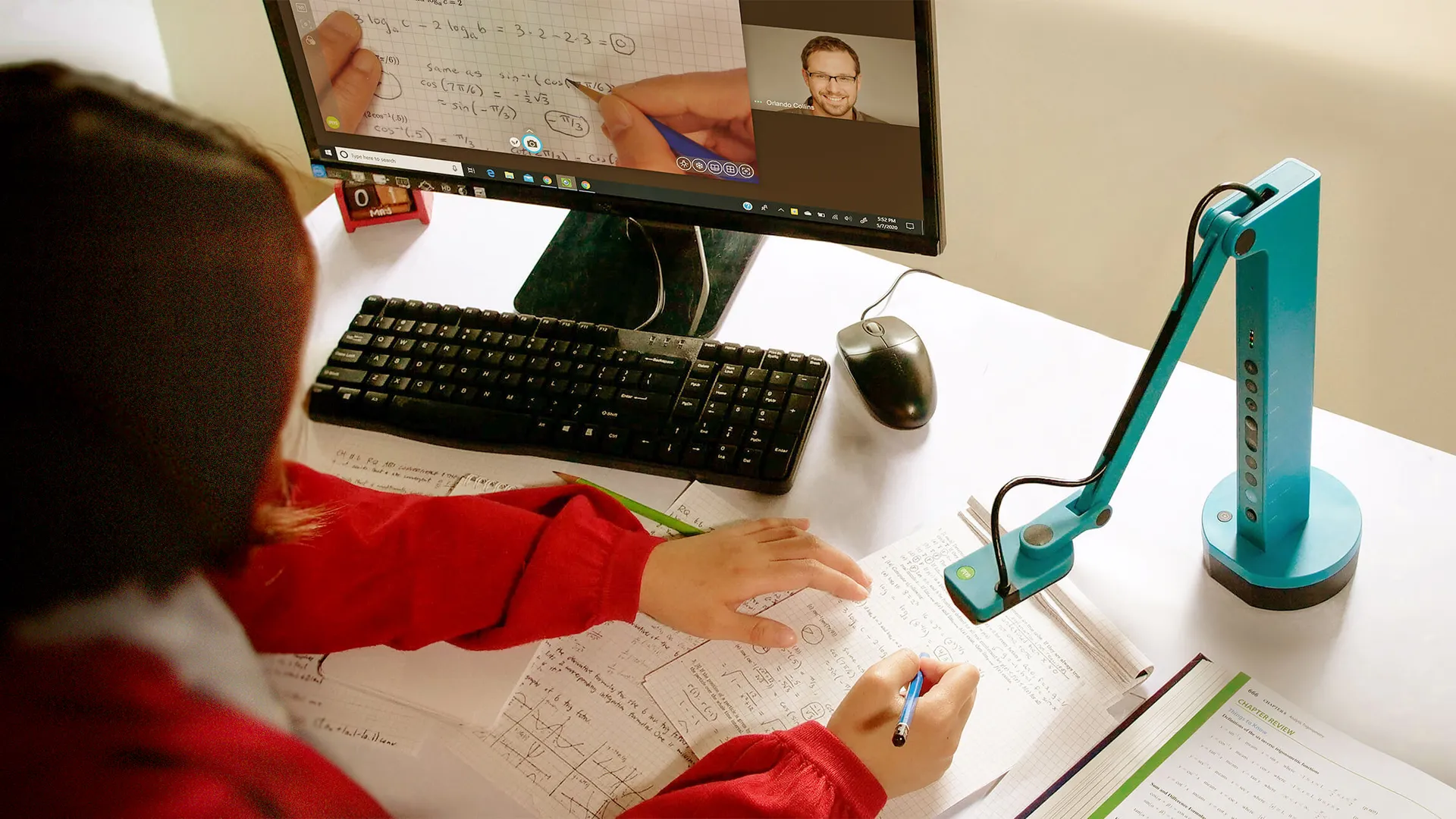What I Learned From My Students Who Became Teachers — from edsurge.com by Corey Winchester
Excerpt:
After nearly two hours of laughter, tears and thoughtful discussion with students who have become teachers, I walked away with two important messages that affirm why teachers decide to stay and why our stories deserve to be heard.

Our dinner conversation revealed that sometimes, it feels like we’re swimming against the flow of what we know is right for students and ourselves, while our education system emphasizes laws, mandates and standards purported to guide the next generation. Because of that, I worry that too many educators – newcomers and veterans alike – feel like they won’t be able to sustain the work. Now more than ever, educators need to be acknowledged and celebrated for the important work we do, especially when stories like ours reveal that meaningful relationships matter, especially when we have the ability and support to meet young people where they’re at.
To Improve a Child’s Education, We Must Be Willing to Let Old Practices Die — from edsurge.com by Isabel Bozada-Jones
Excerpt:
As the weeks turned to months and the surge from the pandemic finally ended, the question still hung in the air: what are we willing to lose in order to change a child’s life? We are still buckling under the weight of the inequitable education system that preceded the pandemic and the makeshift solutions created during the pandemic. At the same time, we fear losing what has kept us going. In order to answer this question, we need to shift from a mindset of scarcity and claim abundance.
They Left Teaching in Search of a Better Life. Did They Find It? — from edsurge.com by Emily Tate Sullivan
Excerpt:
To find out what happens after teachers put in their notice, as they transition into their next acts, EdSurge talked with six former classroom teachers who resigned at the end of the last school year, after that NEA survey was conducted. Is life on the other side everything they hoped and expected — and are they happy now?
How Music Technology Helped My Students Tap Into Their Creativity — from edsurge.com by David Casali

OPINION: Post-pandemic, let’s develop true education-to-workforce pathways to secure a better future — from hechingerreport.org by Mat Gandal
New partnerships will help smooth the way from high school to higher education and careers
That’s why it is once again time for a major evolution in how we think about U.S. education. If we want to address the challenges and inequities faced by students and the ongoing needs of employers and communities, we must deliver on a concept that has gained substantial momentum in recent years: education-to-workforce pathways.
…
Through LAUNCH, teams of legislative, K-12, higher education and workforce leaders will be deeply analyzing existing education systems to identify barriers for students. They’ll also come up with ways to help students persist and complete high-quality pathways.
















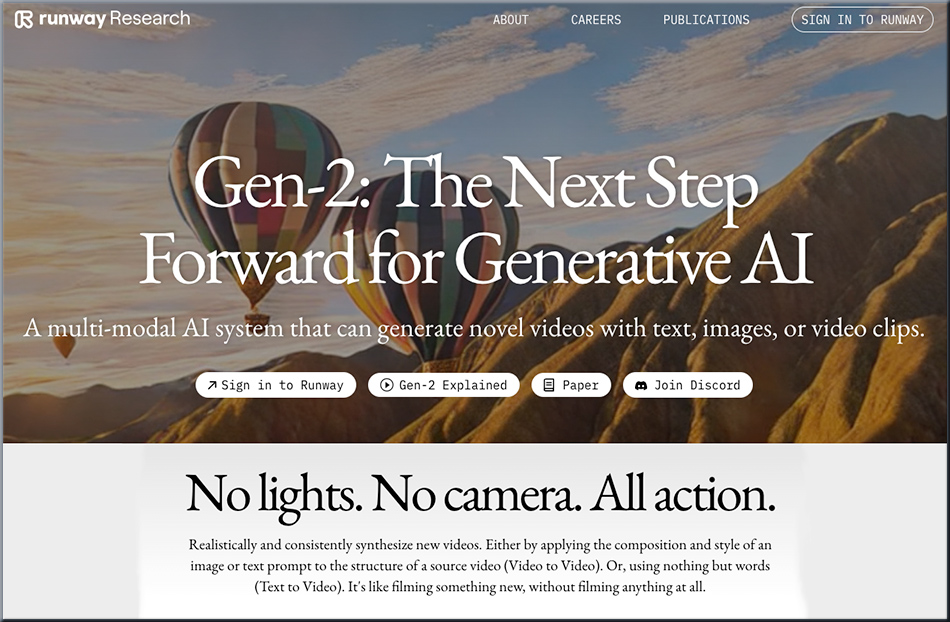
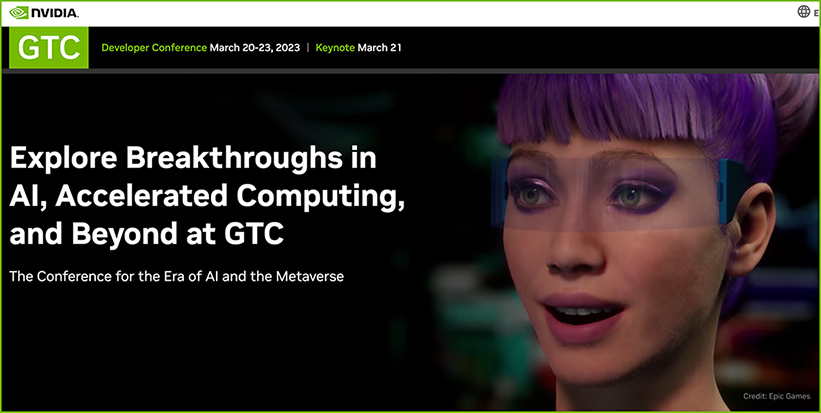
/https://tf-cmsv2-smithsonianmag-media.s3.amazonaws.com/filer_public/ff/0a/ff0ab675-3f44-4aa2-a640-244523296c6b/005557_00_n24_letter.jpg)
